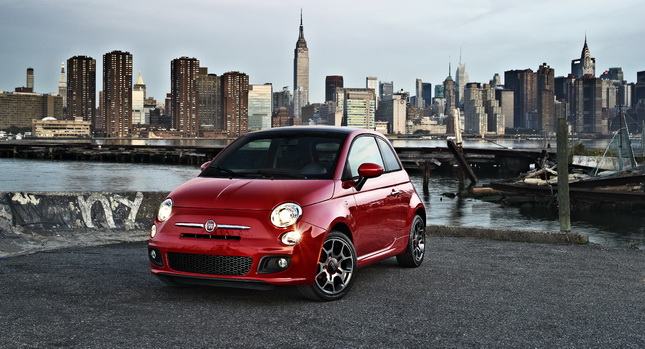On paper, Fiat’s return to the North American market after a 30-year absence was well planned. The first product introduced by the Italian maker was the 500 city car, which had already proven to be a hit in Europe, selling 770,000 units since 2007. Things looked promising in the U.S. as well.
While the 500’s mission was to rival BMW’s Mini, its 2011 sales of 26,000 units were almost half of original forecasts. Delays in the launch and the dealer network certainly played a role while Fiat CEO Sergio Marchionne also thinks that the company’s strategy was to blame.
“We thought we were going to show up and, just because of the fact people like gelato and pasta, people will buy it”, he told reporters last week. “This is nonsense”.
Dave Sullivan, a product analyst at AutoPacific Inc., commented: “There needs to be a reason for people to downsize and spend more for less other than fuel economy and good looks. Dealers would welcome with open arms something with more utility and space than the 500.”
According to Sullivan, that’s exactly what Marchionne plans in order to reverse the stylish 500’s fortunes: a bigger, five-door “wagon” version developed for the U.S. market.
Inside sources state that the as-of-yet unnamed model will be built at Fiat’s Serbian plant. Although it is aimed at the U.S., it will first become available in Europe.
Mark Cannon, a spokesman for Fiat’s largest American dealer AutoNation believes that extending the 500’s range is the right thing to do: “Mini started with a product everybody said would never work. They added more product, the pipeline was slowly built, and now everyone wants Mini dealerships.”
A couple of months ago, Timothy Kuniskis replaced Laura Soave who had been hired by Chrysler in 2010 to oversee the 500’s launch as head of Fiat in North America. He believes that the Jennifer Lopez commercials have raised awareness for the model, and his 2012 target is to sell 25,000 units in the U.S., and a total of 40,000 in North America.
Story References: Autonews
PHOTO GALLERY








